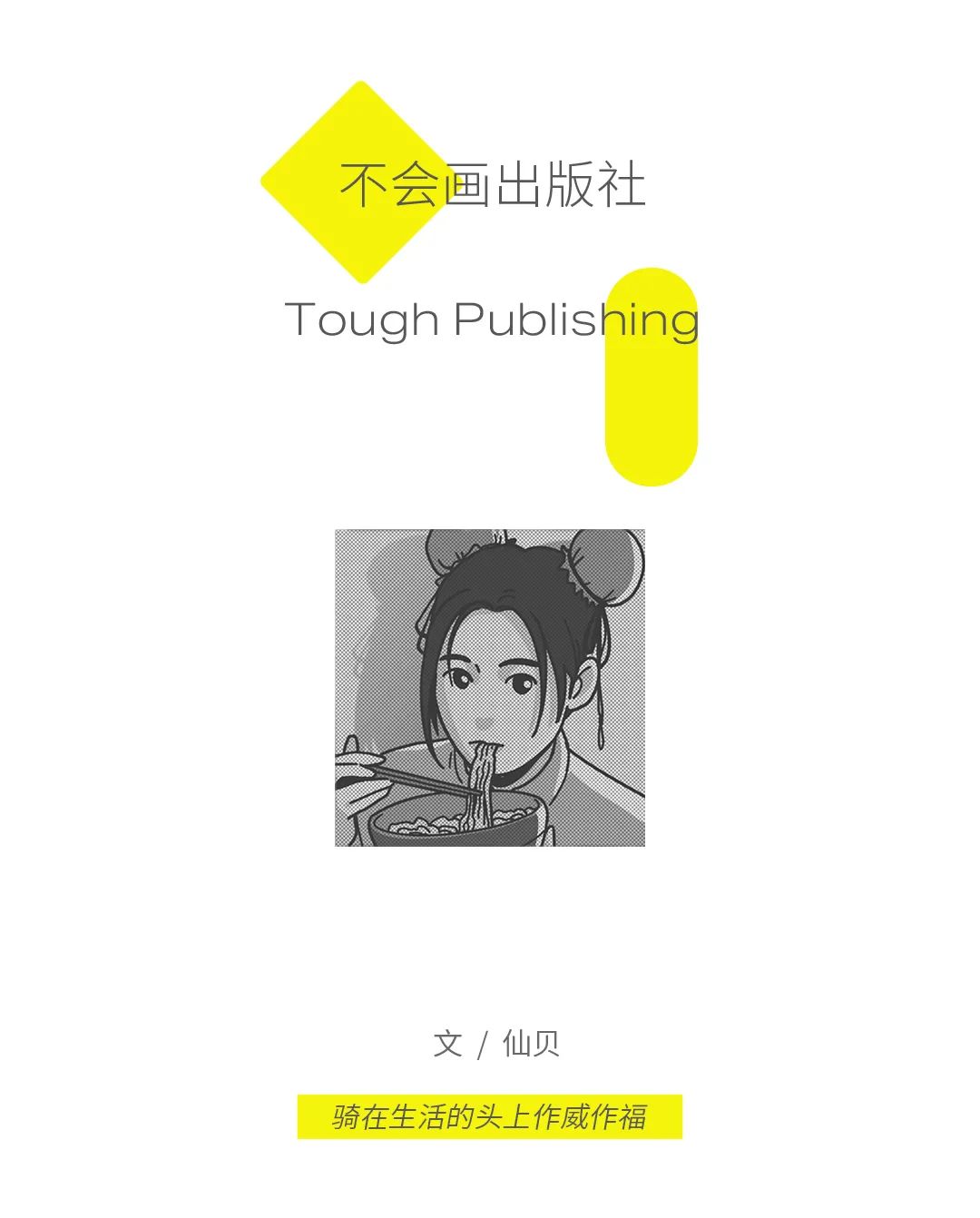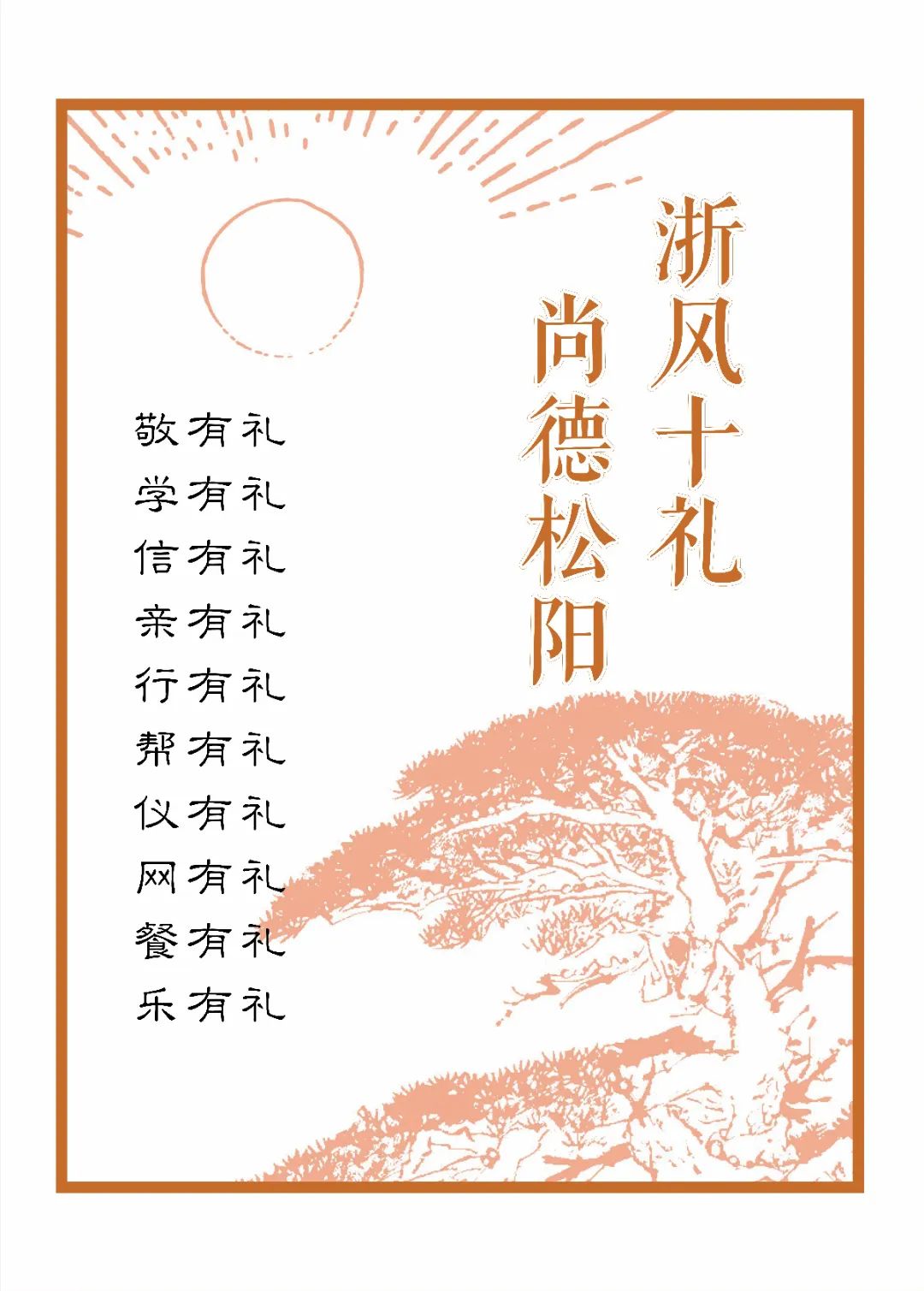New Discovery | Xi'an East Han Tomb Discovery Dragon Tibetan Tiles
Author:Cultural relics Shaanxi Time:2022.08.09
From March to May 2019, in order to cooperate with Zhongyuan International Automobile Parts Port Construction Project, the Shaanxi Provincial Institute of Archaeological Research Institute carried out rescue excavations of the six Eastern Han brick coupons discovered by the project (Figure 1), and obtained a wealth of archeology reward. It provides new physical materials for studying the funeral system of tombs, family bury and burial dosage during the Eastern Han Dynasty.
The excavation area is located on the northeast of He Shao North Village (East of the Wende Road) and the west side of Pan Luo Village in Xinzhu Street. The temple site (the site of the Changmen Palace of the Western Han Dynasty) is about 4.2 kilometers, which belongs to the distribution of ancient tombs and ancient sites in Qiqiao District, Xi'an, and the terrain is flat and open.

Figure 1
The size of these six tombs is basically the same, with a total length of 17.05 to 24.2 meters, and a depth of 4.55 to 6.2 meters. The tomb structure is a long slope tomb. The walls on both sides of the tomb have single or double steps. The construction method is to dug the vault soil hole at the end of the grave channel, and then the "convex" shape of the excavation hole is tapped in the shape of a "convex" shape. The top of the existing coupon and some brick walls are collapsed, and some of them may be caused by stealing holes. The human bones are basically not existed, and only a small amount of residual skull, limb or coffin nails are located in the rear chamber or side chamber. Except for the northeast of the cemetery, the remaining tombs are concentrated in the northwestern part of the cemetery. They can be divided into three groups in different directions of the tomb. Among them, M1 and M4 are south to the south, M5 is sitting east, M2, M3, and M6 sitting west. Fighting east.
M1 is the "front room and back room" structure with a direction of 196 degrees. The level of the tomb is 18 meters long, and the opening of the tomb is about 0.3 meters. The depth of the grave at the bottom of the tomb is about 6.2 meters. In the presets of the east and west walls of the front hall, the inner wall of the fake room tomb is built with brick walls with "horizontal brick side", so that the side room can be built when needed. A oval stolen hole was found in the southwest corner of the Tomb Tomb. It was found to have a large area of about 0.5 cm thick and sporadic white gray layer in the nearby ground and rear room ground in the northeast of the front hall. There are "five baht" copper coins and pottery slices on the southwest wall and under the southwest wall. It is speculated that the tomb owner should be buried in the back room, and the front hall is mainly used to place funerals.
M4 is the east chamber structure of the "front room and back room", with a direction of 192 degrees. The level of the tomb is about 19.66 meters long, the opening of the tomb is about 0.6 meters depth, and the depth of the grave at the bottom of the tomb is about 5.1 meters. There is a small cricket in the east wall of the tomb, a built -in pottery pot with half bricks. There are more than 30 groups of ceramics on the ground floor of the front hall (Figure 3), and the rear room and the east side room fill soil to clean up the copper crossbow machine and stone grip. In the northwest corner of the front hall, the skull was found and the lower limb bone was residial in the east side. The front hall and the back room were cleaned up and found that there were gray and gray. It was speculated that the placement of the tomb owner and the funeral items was the same as that of the M1.

Figure II

Figure 3
M5 is sitting east and west, with the southern room with a direction of 284 degrees. The level of the tomb is about 17.05 meters long, the opening distance of the tomb is about 0.6 meters, and the depth of the grave at the bottom of the tomb is about 4.9 meters. The front hall ground was cleaned up with more than 40 groups including pottery, stone grip and jade sword, and the funeral items were placed in an orderly manner.

Figure 4
M2, M3, and M6 are sitting west to the east. M2 has a northern room with a direction of 102 degrees. The level of the tomb is about 17.72 meters long, the opening distance of the tomb is about 0.7 meters, and the depth of the grave at the bottom of the tomb is about 4.55 meters. There are "five baht" copper coins, copper rings and pottery cases, discs, ear cups and other utensils in the front hall and the bottom of the tomb. Found the main femur wreckage and iron rust residue in the back room (Figure 5).

Figure 5
The direction of the south and north sides of the M3 is 102 degrees. The level of the tomb is about 24.2 meters long, the opening distance of the tomb is about 0.65 meters, and the depth of the grave at the bottom of the tomb is about 5.3 meters. The diameter of the circular hole in the middle of the top of the martyrdom is about 0.8 meters. It is opened under the disturbing soil layer. There are several funerals such as pottery discs, copper rings (handle), copper coins and bone ornaments. Among them, a gray pottery Zhu Shuzhen tomb unearthed in the south side room was completely stored in the bottle, and the ground was eastward. Stone "(Figure 6).

Figure 6
The M6 has the south and north room with a direction of 106 degrees. The level of the tomb is 17.9 meters long, the opening of the tomb is about 0.6 meters away, and the depth of the grave at the bottom of the tomb is about 5.2 meters. There are stolen holes in the north north corner of the north side. The rotten wood gray traces were found in the middle and south sides of the middle of the back room. The two pairs of wooden coffins should be placed side by side. The west of the wooden coffin was wide and east, and the northern coffin was about 1.86, 0.5 to 0.55 meters wide, 1.66 in the south coffin, 0.5 width ~ ~ lying. At 0.55 meters, the cushion was paved with white ash slag, and the main bones of the tomb were decaying. Clean up the pottery tablets in the front hall and the southwest corner of the south side of the room. When revealing the floor shop of the tomb, it was found that there were 3 red brick back inscriptions in the middle of the front end of the north side room (Figure 7). There were 8 red brick back inscriptions north of the central part of the south side of the room (Figure 8). The inscriptions include chronological and dragon patterns. Combined with the "Yongyuan Three Years" brick inscriptions in the north side and "Yongyuan Four Years" south -side room, the M6 is the early Eastern Han Dynasty tomb, the main body "front room and back room" structure or earlier Earlier in the south room.


Up: Figure 7; Bow: Figure 8

According to the preliminary judgment of the characteristics of the tomb, the model of the model, the combination of pottery and the combination of pottery, and the characteristics of the funeral items, the six tombs are the stolen graveyard in the middle of the Eastern Han Dynasty. The remaining group.
The most important discovery of this excavation is that there are 11 inscription floor tiles in the M6 side room. The brick back is rare in the excavation of the Han tomb. It is of great significance to study the burial customs of the late Eastern Han Dynasty tombs. The contents of the inscriptions include "Three Years of Yongyuan", "Four Years of Yongyuan", "Dragon Gate Yizheng", "... Nothing ... Extinction ... Dear ..." "Below of the prince ... Official ... bone ... here is the sky ... shift "," brother "," but before ... "" Mausoleum's younger brother keeps the mausoleum to save blood "" big ... big "," two liters and a half "and Dragon patterns and other patterns, fonts, lines, cursives. The dragon pattern is mostly related to the concept of ascension in the Han Dynasty, and some also have the role of town tombs. Therefore, in the tomb of the Han Dynasty, whether in the tomb wall or the funeral utensils, the dragon -related ornaments or utensils often appear. The image of the dragon pattern discovered this time seemed to be hunting and hunting, and the body was slender and curved. The mouth was large, the overall shape was simple and bright, lively and dynamic. However, because the image of the union or the tomb owner has not seen the image of the monomer, the meaning of the promotion is unknown, and because of the carved brick, it is paved with the bottom of the tomb, combined with the inscription content, the meaning of the town tomb is even more significant.
Source | Wenbo China
Edit | Bu Ding
School Division | Han and Tang Dynasties Three Three
Review | Yifu

- END -
"I also know that I am stupid."

Written at the end.Hello everyone, this is Zepeng. When I first saw the manuscript...
"Zhejiang Style Ten Ceremony Shang De Songyang" comic comic comic

Songyang County combines the connotation of "Zhejiang Style Ten Ceremony" with t...